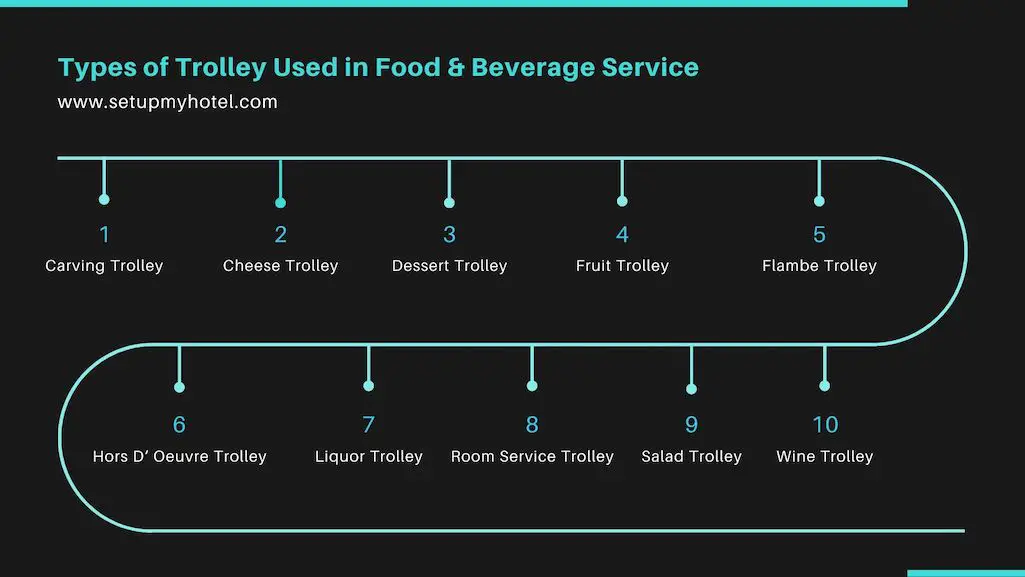Security – Types Of Safety And Security Functions I Hotels
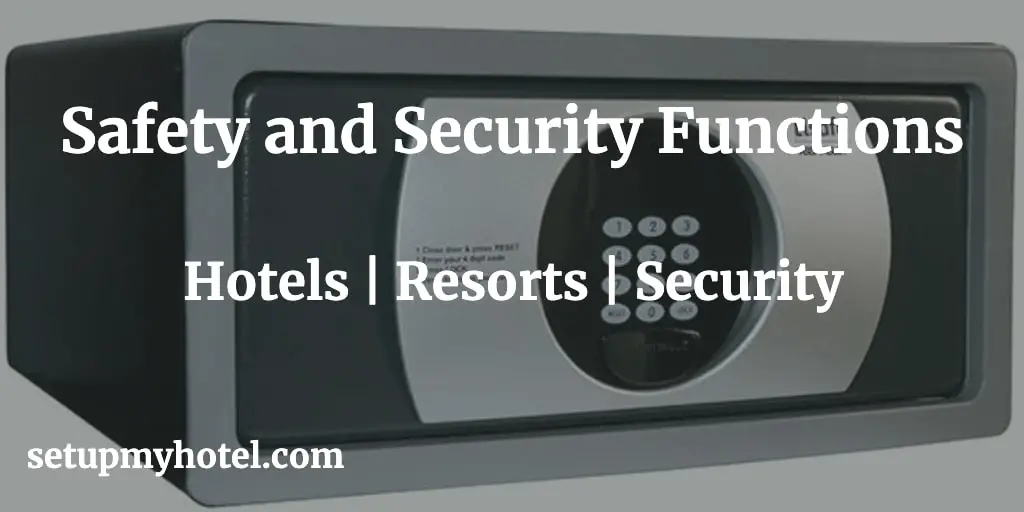
Types of Safety and Security Functions in Hotels Safety and security functions are an integral part of any hotel operation. ...
Read more
Types Of Common Guest Complaints In Hotels
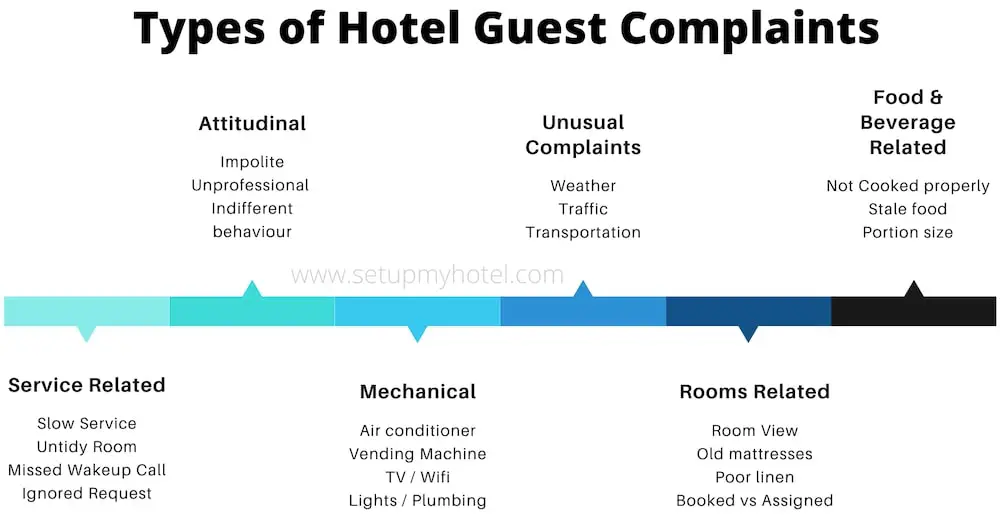
Types of Common Guest Complaints in Hotels 1. Service-Related Complaints Are usually associated with the hotel service. The guest may ...
Read more
Handling Guest Complaints And Problems In A Restaurant / Coffee Shop
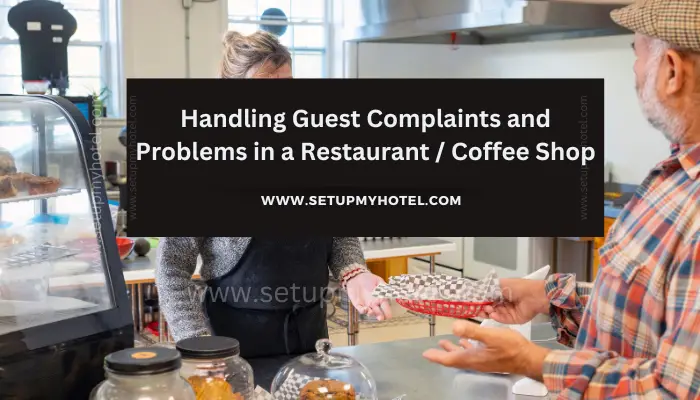
Handling Guest Complaints and Problems in a Restaurant / Coffee Shop Approach the guest and ask politely if there is ...
Read more
Order Taking And Serving Desserts & After Dinner Drinks

Order Taking and Serving Desserts & After Dinner Drinks After a satisfying meal, it’s time to indulge in desserts and ...
Read more
18 Types Of Service In Hotel / Classification Of F&B Service
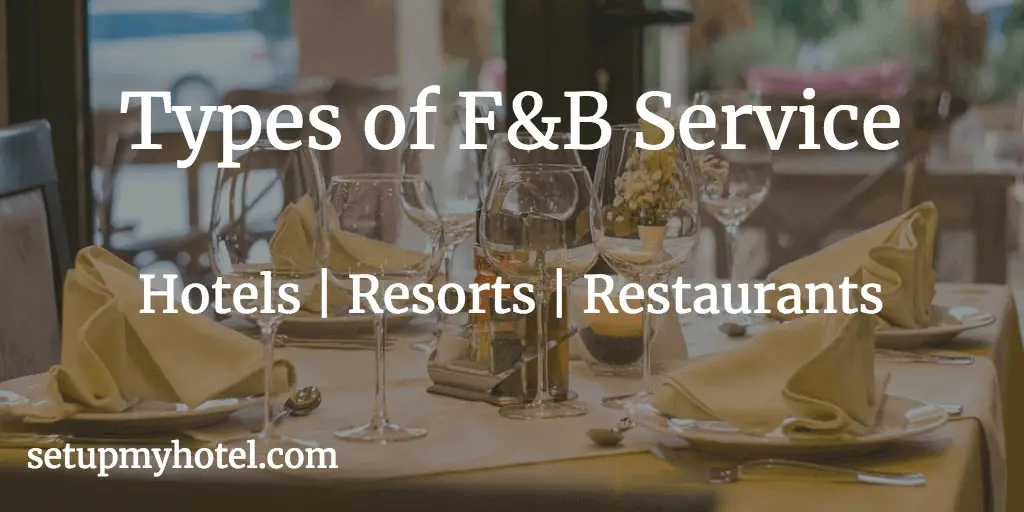
Different Types of Service in Hotels – Types of F&B Service When it comes to hotels, there are various types ...
Read more
Room Service / In-Room Dining Department Layout Or Design
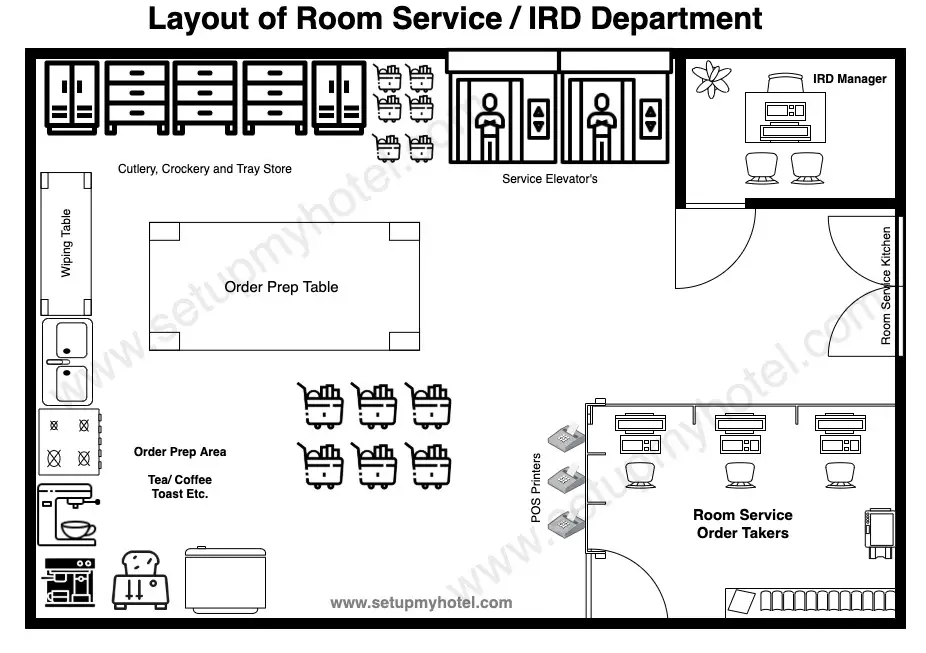
Standard Layout of Room Service / In-Room Dining (IRD) The layout of a hotel room service department can vary depending ...
Read more
Advantages Of Using Passport Scanners Or ID Scanners In Hotels
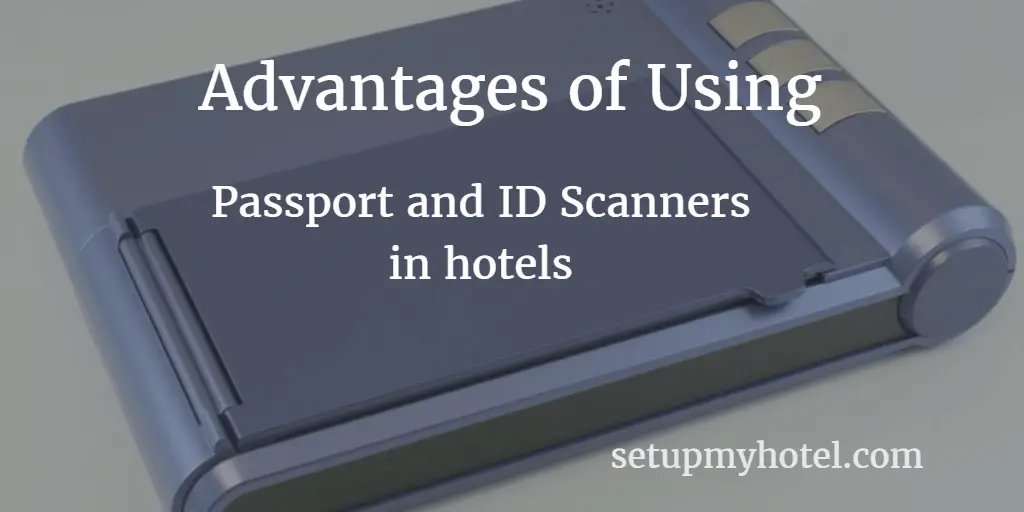
Advantages of Using Passport Scanners, Visa Scanners, and Business Card Scanners in Hotels Passport scanners and ID scanners are becoming ...
Read more
How To Block / Allocate Rooms For Expected Arrivals
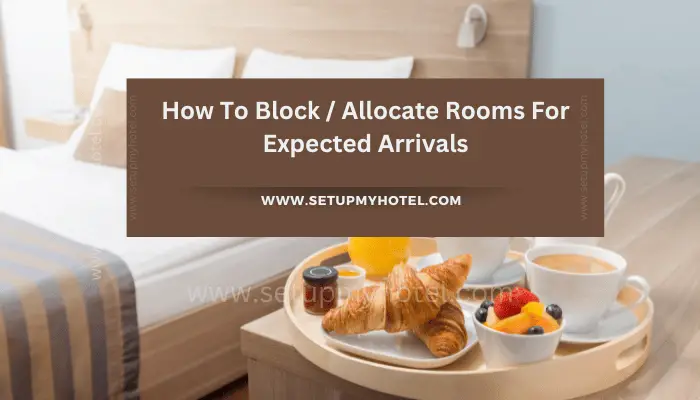
Tips for Blocking/Allocating rooms for expected arrivals One of the most important aspects of running a successful hotel is ensuring ...
Read more

